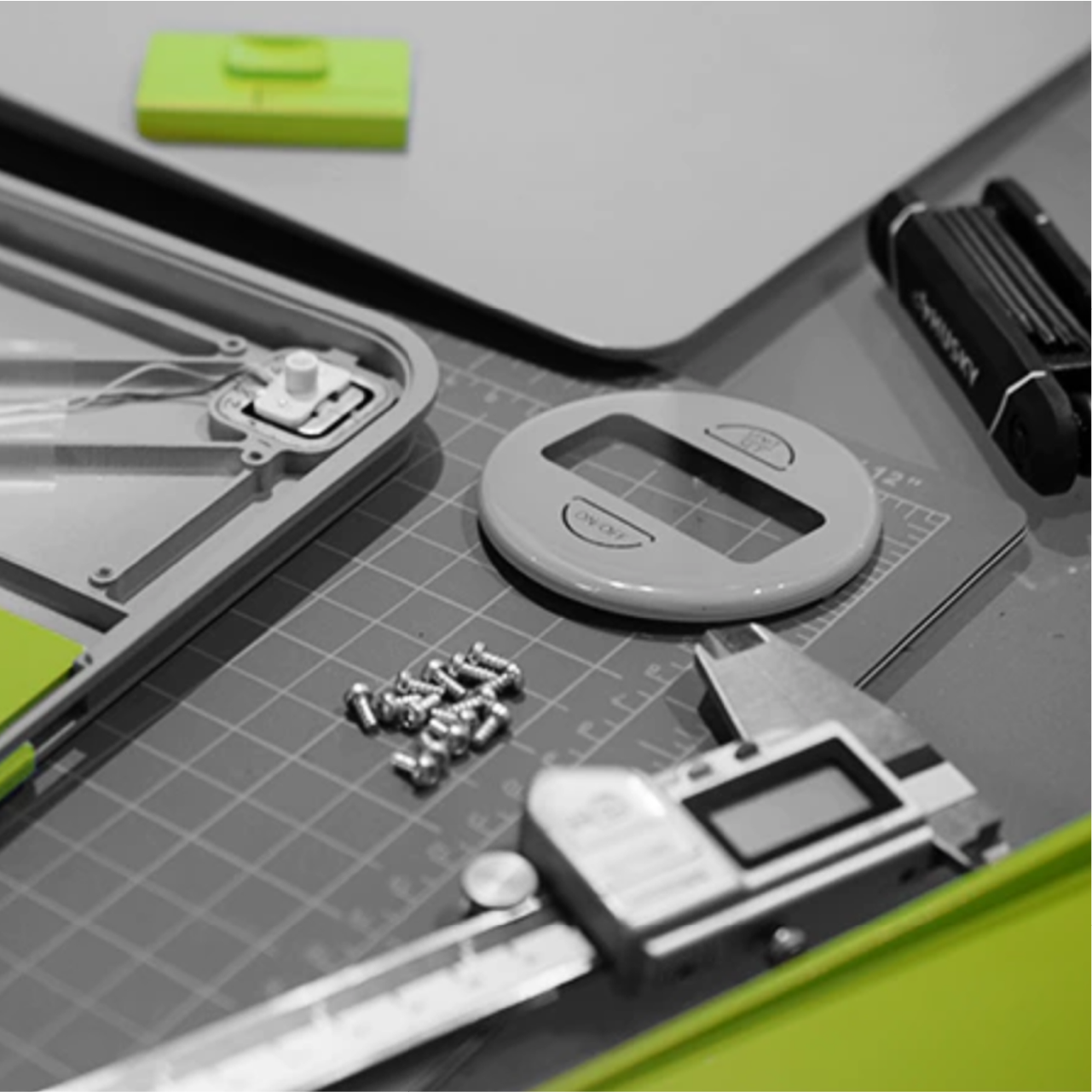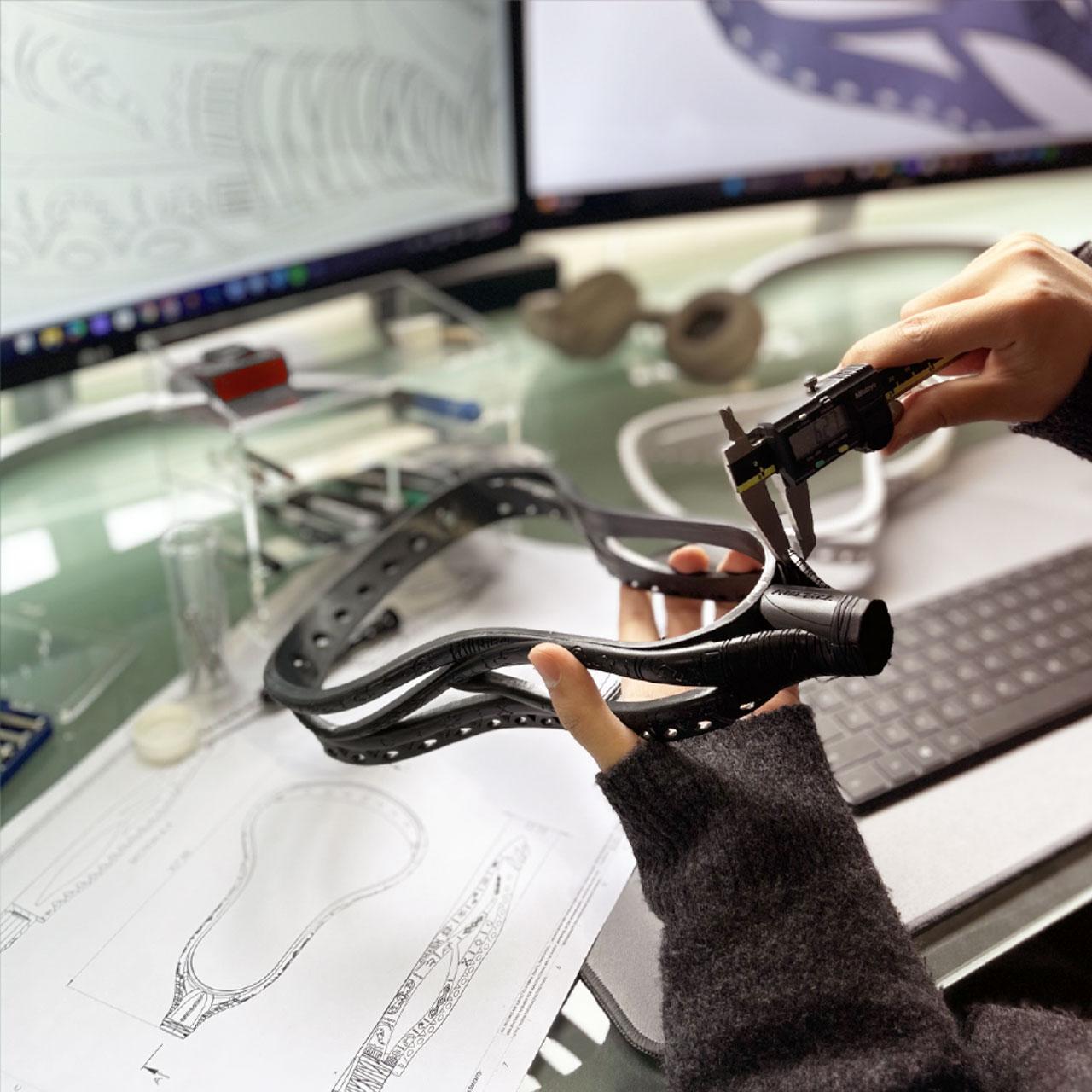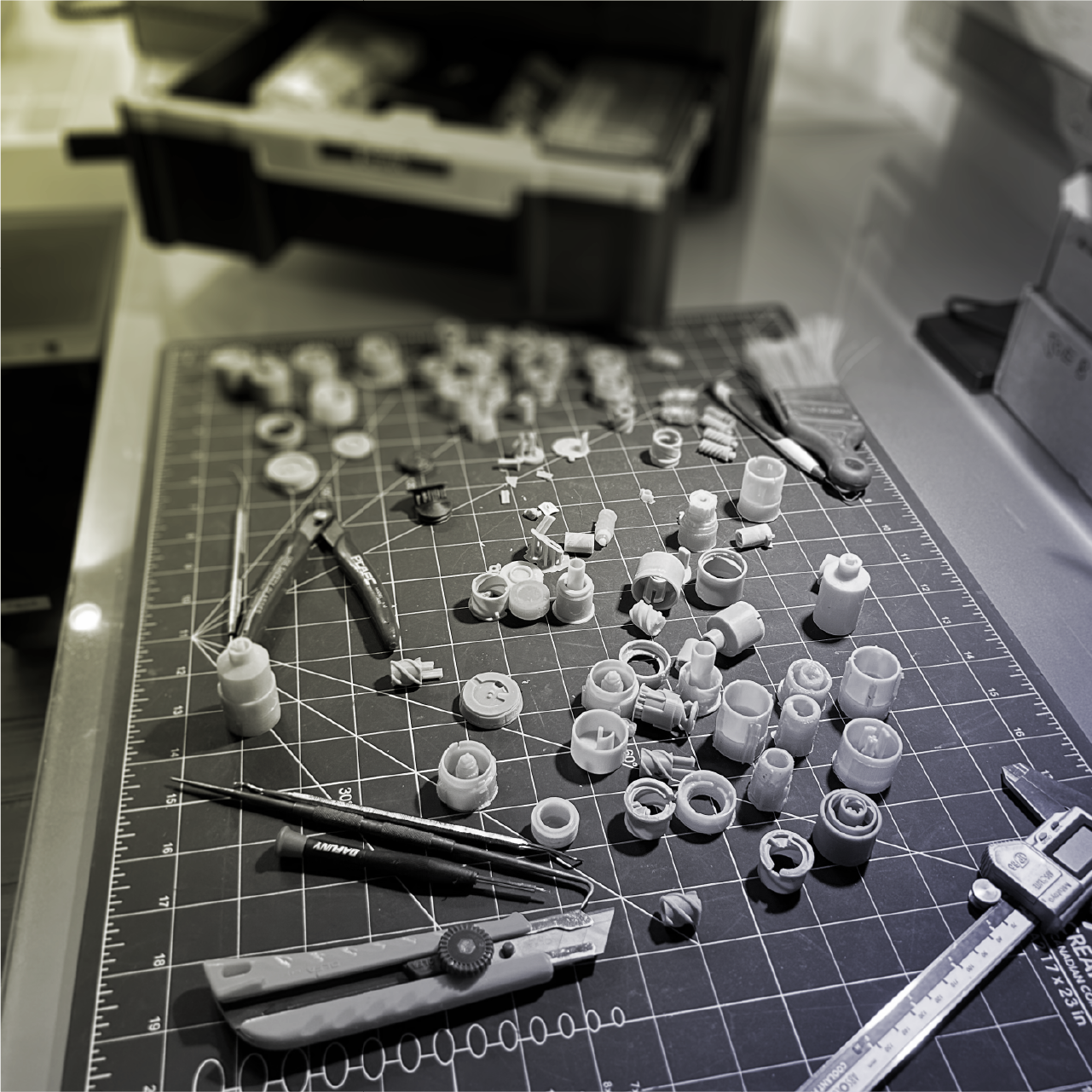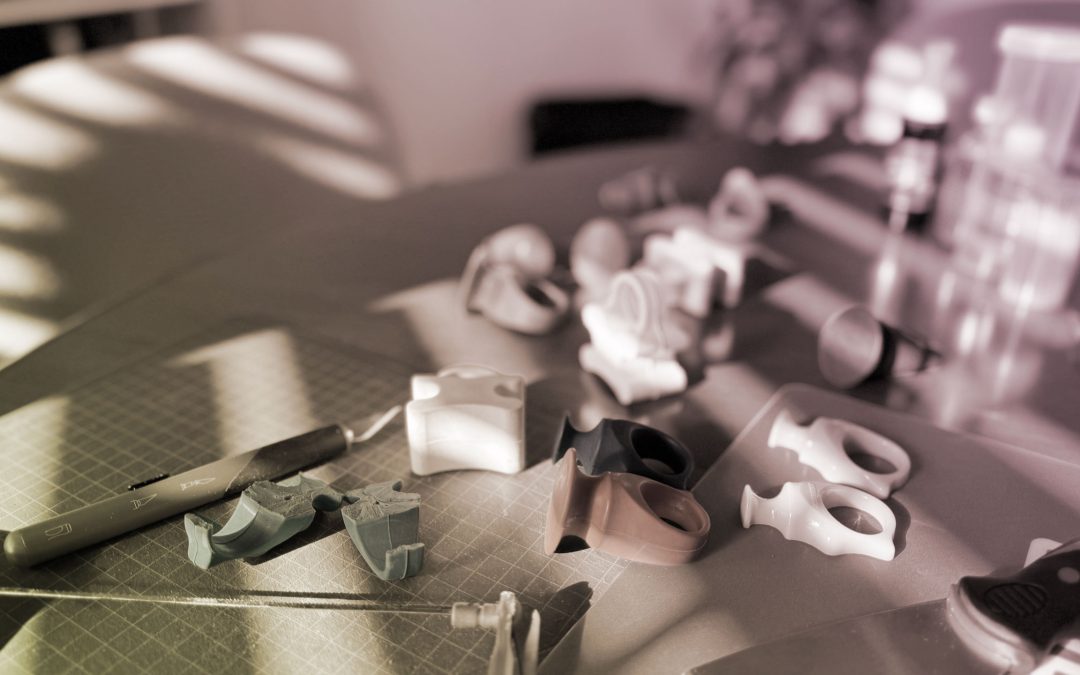Unveiling the Magic: A Behind-the-Scenes Journey into Product Development and the Crucial Role of Prototyping
In the fast-paced world of product design and development, where innovation is the key to success, there’s a hidden realm that often goes unnoticed by the end-users – the intricate process of bringing an idea to life. This behind-the-scenes journey involves countless hours of brainstorming, planning, and meticulous execution. One integral aspect of this process is prototyping, a crucial step that bridges the gap between concept and reality. In this blog, we will take a deep dive into the fascinating world of product development, unraveling the mysteries behind the scenes, and shining a spotlight on the pivotal role that prototyping plays in shaping the products we use and love.
Ideation and Conceptualization
The journey of a product begins with a spark of creativity – an innovative idea that has the potential to solve a problem or enhance the user experience. This initial stage is marked by intense brainstorming sessions, where designers, engineers, and stakeholders collaborate to refine the concept. The goal is to create a clear vision for the product and establish its core features and functionalities. Once the concept takes shape, it’s time to move to the drawing board.
This is where the behind-the-scenes magic truly begins. Designers sketch out the product’s form and function, mapping out its user interface and overall aesthetics. However, the challenge lies in translating these 2D drawings into a tangible, three-dimensional entity. This is where prototyping steps in, offering a tangible manifestation of the envisioned product. Prototypes act as a visual and tactile representation of the concept, allowing the team to assess its feasibility and make necessary adjustments before progressing further.


Prototyping as the Bridge to Reality
Prototyping serves as the crucial link between the abstract world of ideas and the tangible realm of reality. It involves the creation of a preliminary version of the product, often using materials that mimic the final product’s characteristics. This could range from 3D-printed models to interactive digital simulations, depending on the nature of the product.
The prototyping phase is not only about creating a physical model but also about testing and validating assumptions. By having a tangible representation of the product, designers and engineers can conduct usability tests, identify potential design flaws, and gather valuable user feedback. This iterative process allows for rapid refinement and ensures that the final product meets or even exceeds user expectations.
Moreover, prototyping is a collaborative effort that involves cross-functional teams. Designers work closely with engineers, product managers, and other stakeholders to address technical constraints and align the prototype with the project’s overall goals. This collaborative approach fosters creativity and innovation while minimizing the risk of overlooking critical design considerations.
Iterative Refinement and Optimization
The beauty of prototyping lies in its iterative nature. Rarely does a product emerge fully formed from the first prototype. Instead, the initial version serves as a foundation for continuous refinement and optimization. Each iteration builds upon the lessons learned from the previous one, gradually shaping the product into its final, polished form.
During this iterative refinement process, prototyping tools and technologies play a pivotal role. Advances in 3D printing, computer-aided design (CAD), and simulation software enable designers to experiment with various materials, forms, and functionalities. This flexibility allows for rapid adjustments, reducing the time and resources required to reach the optimal design.
Additionally, prototyping helps in addressing unforeseen challenges that may arise during the development process. Whether it’s a technical limitation, a manufacturing constraint, or a user experience issue, the iterative nature of prototyping empowers teams to adapt and find solutions in real-time. This agility is essential in a dynamic and competitive market, where the ability to pivot quickly can be the difference between success and failure.


Conclusion:
In the mesmerizing world of product development, where ideas evolve into tangible solutions, the behind-the-scenes journey is as captivating as the end product itself. The intricate dance of ideation, conceptualization, and prototyping reveals the dedication and creativity embedded in the process. Prototyping, in particular, emerges as a hero, a bridge between imagination and reality, guiding the product through the maze of refinement and optimization.
As consumers, we often see the polished final product on the shelves, unaware of the countless iterations and challenges that shaped its creation. Understanding and appreciating the behind-the-scenes efforts not only enhances our appreciation for the products we use daily but also sheds light on the importance of prototyping in the delicate dance of product design. As technology continues to advance, the behind-the-scenes magic will undoubtedly evolve, but one thing remains constant – the pivotal role of prototyping in bringing innovation to life.

Recent Comments